
Microwork futures: strategic perspectives
Strategic perspectives on microwork are ways to think about the future. We have designed them as prompts for program designers, policymakers, and other stakeholders to think about in the context of a ten-year planning timeframe to 2030.
How did we arrive at the strategic perspectives? Have a look at the project’s research timeline.
We need to find within technology that there is something we can do which is capable of taking care of everybody and demonstrate that this is so. That’s what geodesic domes are about and that’s what my whole life has been about.
– Buckminster Fuller, 1981
Five strategic perspectives on microwork
Artificial intelligence is part of everyday life. Although most people question issues around privacy and automation, we consume it readily and contribute to machine learning willingly.
Education is increasingly an online experience. As jobs move online, education from K-12 through to post-secondary is changing before our eyes.
Livelihoods and wellbeing are issues that most people voice when considering the impacts of non-standard work. They worry about income precarity and the potential for exploitation.
Microworking is a part of the sharing economy. Everyday objects such as “Siri” and services such as Uber depend on microtaskers. And outsourcing microwork in the supply chain drives the cost of goods and the level of profits earned.
The platform economy creates opportunities for organizing large groups. While at the same time, it makes it possible to digitalize most everything into small tasks. These two things taken together are a potent combination.
1. Artificial intelligence
Developers can build an artificial intelligence (AI) code of ethics into algorithms and code. But one might ask, “Who gets to define ethics and enforce it? Also, how is it accountable?”
Currently, AI is part of many consumers’ lives. Over time, the technology lifecycle depicts adoption as a bell curve, a theory developed by Evertt Rogers in his book Diffusion of Innovations. As the early and late majority join, adoption speeds up. At the height of the curve, there is a dramatic change. Given the symbiotic relationship between microwork and AI, one might consider the current state of AI adoption. A recent McKinsey Global Survey included a range of capabilities that enable AI to solve business problems.
Adoption of artificial intelligence (AI) continues to increase, and the technology is generating returns. The findings of the latest McKinsey Global Survey on the subject show a nearly 25 percent year-over-year increase in the use of AI in standard business processes, with a sizable jump from the past year in companies using AI across multiple areas of their business. A majority of executives whose companies have adopted AI report that it has provided an uptick in revenue in the business areas where it is used, and 44 percent say AI has reduced costs.
– McKinsey Global Survey, November 2019
When people don’t add value
So, we’ve already normalized the idea that people don’t add value in some situations.
An example of this is the popularity of self check-out lanes in grocery stores. Many people want a quick and non-judgemental experience, so anonymity is more important than human contact with a cashier or service representative.
Online shopping is an extension of a preference for humanless contact in some situations. Microtasking persona, Alyx Lee, is a reactor manager making his way home on an almost empty train. They’re happy to engage in a humanless transaction; however, if there’s a person at the end of the cycle ride, they might find that a bonus too.

When a StockX alert pings, Alyx indulges: they grab some slick black Onitsukas. Crunch-rate hours getting those reactors set up last month more than cover the shoes. Plus the site flagged this nearly new pair just a 20-minute cycle from home. So it doesn’t even mean a carbon and waste hit.
Marketers are continuously introducing new levels of personalization to their offerings because there is also a demand for human contact. Microworkers (still) have the edge on AI when it comes to person-to person-interaction. They are currently a primary conduit for the experience economy’s standards of value. A microworker’s befriending vibe adds to the experience. Can AI replace this?
In an AI-enhanced market, hand-crafted goods and personally delivered services might become highly valued. Supply chain innovation might support small-batch production. Microworkers could enable the distribution system for bespoke products and services.
Machine learning means that AI trains itself
However, microtaskers create machine learning data, and AI systems are constantly identifying patterns and learning how to make decisions without human intervention. Successful machine learning means that microwork, as it exists today, might change or disappear altogether, replaced by something that’s presently unknowable.
The utopian view is that as automation’s last-mile AI would take on repeatable tasks and therefore, free humans from meaningless work. In this version of the future (beyond the scope of our work), time might no longer be constrained by work and salaries. In the current planning window of ten years, will it mean that people have more time to connect with their family, friends, and community?
So our humanistic questions might include: “When AI does jobs, where do people find their purpose? What makes a purposeful life beyond work”?
A different society might be developing
The original question, “Can machines think?” I believe to be too meaningless to deserve discussion. Nevertheless, I believe that at the end of the century the use of words and general educated opinion will have altered so much that one will be able to speak of machines thinking without expecting to be contradicted.
― Alan Turing, Computing Machinery and Intelligence, 1950.
2. Education
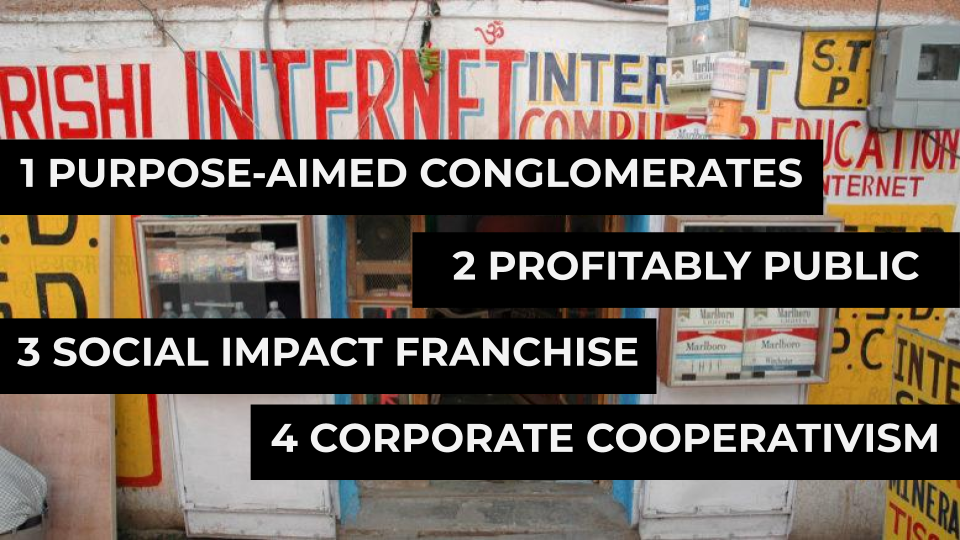
September 2020
It’s 8:00 am on a Monday and school is open. The schools operating hours sync up with business hours – Monday to Friday, 8:00 am to 6:00 pm.
September 2030
The concept of 9-to-5 was not present in any of the project scenarios.
According to Statistics Canada, gig workers rose from 5.5% to 8.2% from 2005 to 2016. Meanwhile, worldwide demand for gig work (as tracked by the Online Labour Index) is increasing year over year. When you add other forms of non-standard employment, you have a growing number of adults who are not working “regular” hours. So the growth in non-standard employment calls into question K-12 hours – and a 12-month school year. The people who set school hours have employment agreements that look nothing like the work arrangements many of these children might have in 2030. Are they working in service to the future? Changes in the next 10 years might impact the economics of K-12 and post-secondary education.
Beyond K-12, the value of knowledge generation and research could grow in the digital economy. Since information is widely accessible to all, education might extend to shared knowledge creation. If this were the case, there would be an opportunity for democratic and accessible knowledge mobilization.
Currently, academics focus on knowledge generation and contributions to research methods. However, digital access and education technology might transform the focus of the education system. In the higher education sector, there might be an emphasis on connecting knowledge and methodology to real-world situations. So, knowledge and its ability to inform action would gain importance.
Closing skill and knowledge gaps
Micro-learning might be an emerging learning strategy, aimed at closing the skill and knowledge gaps. An example is Edubits. Otago Polytechnic, New Zealand is Edubits’ original developer. In Canada, it’s represented by the Humber Institute of Technology and Advanced Learning.
Edubits is a micro-upskilling platform for individuals and business. Credible micro-credentials are likely to disrupt the institutionalized approach to credential recognition. Micro-upskilling would align with the multiple (micro)career lives of future generations.
Task-specific education integrated into platforms could improve labour market access for socially marginalized populations.
Lower personal investment in education and credentialing might reduce barriers to career shifts. It could also retire the notion of a career ladder and align personal interests more closely to work life. Microtasking persona Dan Yoon is a microwork coordinator who draws on his love of gaming to find satisfaction in his work.

Dan always imagined himself making it big in e-sports. When he visited home and hung out with his cousins, e-sports were a pastime. Although this work was almost as good because it required agility, thinking, quick responses, communication, and making the right calls.
Supply chain integration
By trading in education, corporations would have more control over workforce development. So another question might be, “What happens when education is delivered via micro-training?”
It could lead to a dramatic expansion in who delivers micro-training. Consequently, legacy institutions might go shoulder-to-shoulder with for-profits, not-for-profits, and government. Education philanthropists, who traditionally support bricks-and-mortar institutions, would have to reconsider their investment portfolios.
The social impact franchise (scenario 3) introduces an end-to-end adult education model into a microwork future that’s heavily supported by impact investors.

SamaKar also runs KarmaSchool and KarmaHub. It is a social impact microwork platform. Samakar moves people out of poverty through digital work and recognizes the inevitability of the emerging gig economy.
The government’s role in education
Disruptions in education might impact standards and accreditation and the role of government and independent standards bodies. Policymakers would need to work with a wide range of education stakeholders to determine what is valuable and necessary.
Privately directed and digitally delivered education can be monitored. A shift to platform-based micro-learning heightens issues related to individual privacy protection. What happens when (free) courses are monetized through personal data access rather than public funding and philanthropy questions? Who controls what information?
Microwork (indeed, the shared economy writ large) is an indication that innovation and enterprise are moving faster than public policy. There’s a narrow window of opportunity to work out concepts of rights and what’s fair before innovations take hold and are systematized.
Profitably Public (Scenario 2) contemplates a proactive government that innovates on privacy.
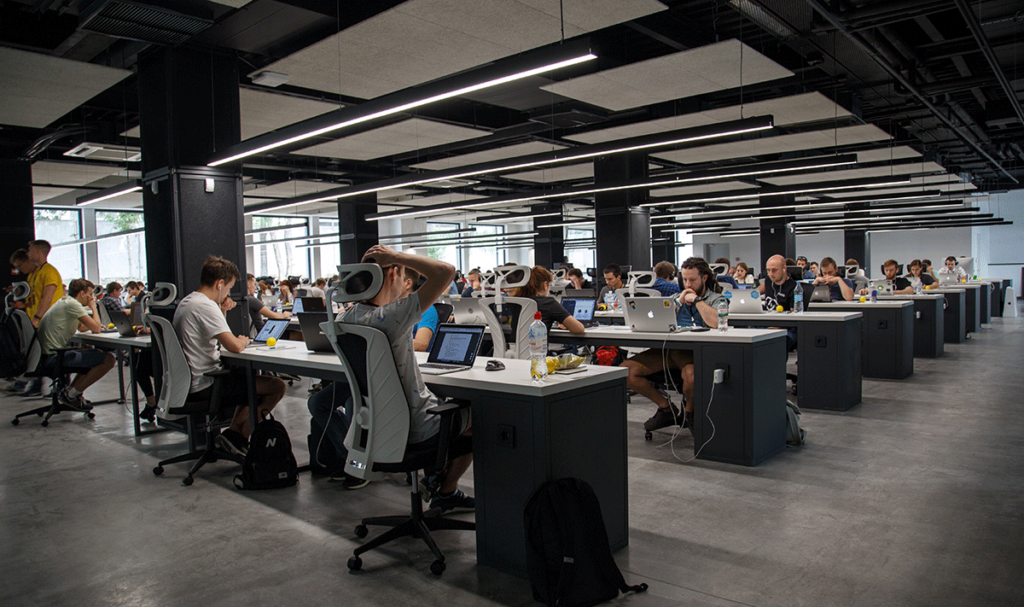
Governments have unified management of citizens’ medical, tax and demographic data. This aims beyond internal efficiency gains. Easy access to data has increasingly become a public service. Microworkers can request verification by API of their identity or police records, for instance.
Education requires regulatory oversight. So one might ask, “How far can the government go in setting regulations? Corporations understand their immediate and near-term needs. So they aren’t likely to load up their future workforce with useless skills. But scams or incompetent actors are also likely. Therefore the government might need to step in to monitor or ban some types of training.
However, socialization, civics, networks and community are important benefits of education. We might have to find new ways to establish our systems for connectivity and belonging.
Corporate Cooperativism (scenario 4) anticipates social changes that affect education futures.
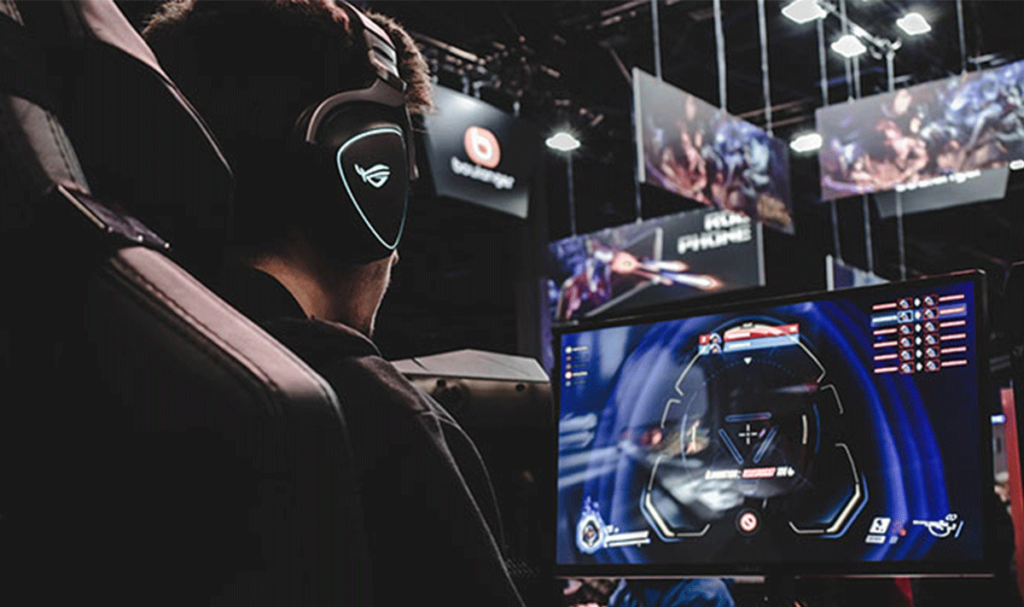
The policy environment is complex because balancing long-term policies threatens livelihoods.
Then, self-reliance and a “train yourself” ethos prevails. Social edifices, such as privacy, are traded for content and labour networks access.
3. Livelihoods and well-being
The emergence of a powerful new microworker identity might prompt realignments of geopolitical allegiances. In turn, it could disrupt economic norms.
Platform work in Canada
Platform work crosses time, place and culture. In Canada, it offers the opportunity to live in cities with an affordable rental market and lower housing prices. Although rural and remote areas might continue to face problems related to high-speed internet access.
Currently, microwork’s invisibility in Canada doesn’t contribute to econometric measures such as calculation of the employment rates. Being seen in the economic and statistical analysis might mean that microwork is taken into consideration in policy formation and regulatory decisions.
A centralized registry for microwork participation might be a way to provide the transparency required for taxation and policy formulation. From this, evaluative instruments could be implemented to monitor levels of engagement in economic activity.
Instituting systems could support microworker mobilization
The Corporate Cooperativism scenario introduces the concept of a microwork registry.
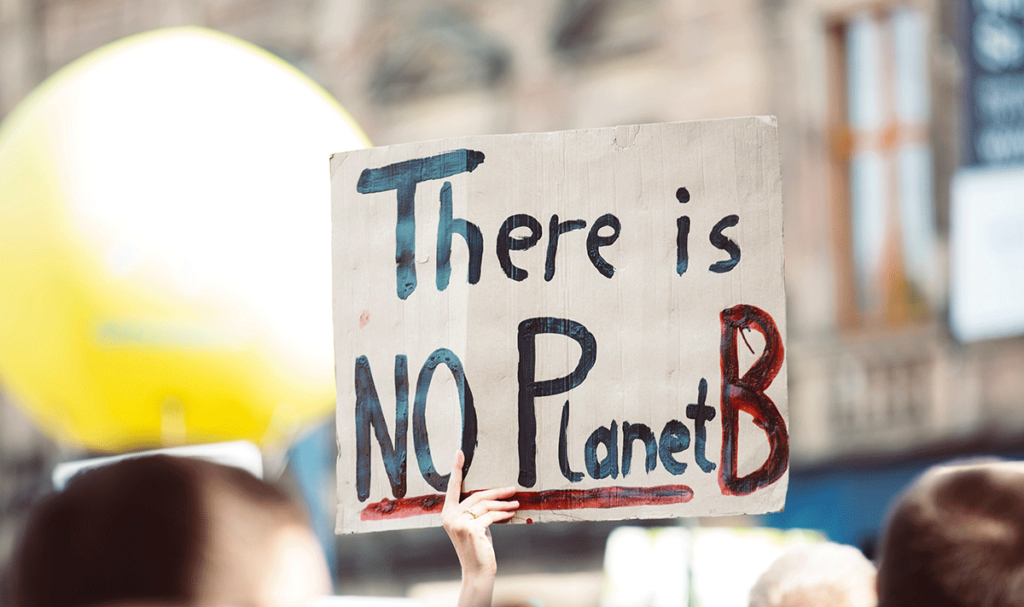
Meanwhile, a centralized registry for microworkers is introduced. This also enables tracking of employment history and job-satisfaction rates. An outcome is mediated response in the growth of monopolies. In parallel, efforts are underway to improve socio-economic analysis tools.
Basic regulatory standards such as guarantees of a minimum wage for microworkers are possible. Although authoritative data on microwork compensation is required to make this happen, the availability of data would make it impossible to ignore workforce changes.
Presently, a primary concern for microworkers is their quality of life. Ensuring the wellbeing of microworkers and others engaged in non-standard employment would require new social instruments and different forms of service delivery. For example, the portable benefits model associates health benefits with the individual rather than the employer. So this makes a lot of sense in the context of microwork and non-standard employment.
However, AI’s omnipresence is concerning for many people. The introduction of AI into daily life reopens the conversation about a basic income guarantee. But this is the stuff of systems transformation. And that’s hard. It would be necessary to unlearn concepts of work and leisure and redefine success.
Persona Vasil Ramadani contemplates the mindset of a Generation Z in 2030.


Vasil’s MBA and background in IT helped him go from working with code to making a difference. Working in SamaKar’s Montreal R&D hub has shown him that hope isn’t enough. Under these circumstances, practical and measurable efforts are key. Although he recognizes that the gig economy is here to stay, it doesn’t have to be a precarious existence.
4. Microworking
In a microworking dystopia, exploitation of workers might happen on a global scale. However, microwork also creates possibilities for the common good, improved equity and access, and a redefinition of work and life. The potential for aggregate action is explored in Purpose-driven Conglomerates.
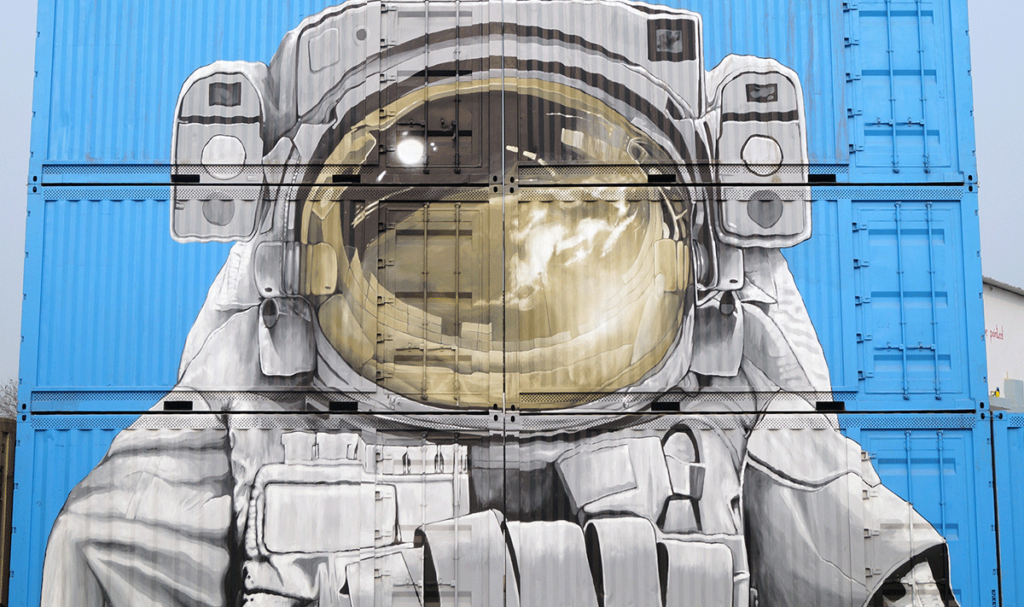

AI/M corporations have redefined their approach to the role of technology in their business models, and they recognize their impact on the world. As a result, GMX and other AI/M organizations are tackling some of the world’s most pressing problems with global approaches that break down geopolitical boundaries.
Ana Matic also discusses the concept in more detail in Aggregate action, complexity, and microwork.
Common knowledge about microwork might change the way people interact with and think about technology. Consumers, aware of the role of microworkers, would be in a position to place value on the microworker in the context of AI and robotic automation services.
As an example, the person-to-person support accessed through online chat is a feature of all transactional websites. The more automated online activities become, the more important it may be to be able to chat 24/7 with a real person. Even more salient, the presence of people in the service continuum might reinforce a sense of control and human dominance.
When it comes to human capital, occupational categories matter. The National Occupational Classification is the national reference on occupations using a system known as NOC codes. Fitting microwork, microtasking, and other platform work into NOC might be impossible or a long game. But a shared vocabulary of categories is evolving and this might bring microwork into the mainstream. Public knowledge might soon include what kinds of microwork exist, what they are called, and what industries they are associated with.
For example, in this project, we recognized microwork as part of the sharing economy, which places it in the context of more visible services such as Uber and Airbnb. Although cars and real estate aren’t involved, we acknowledge that the microworker “shares” their computer, internet, and workspace. According to the Canada Revenue Agency, a determining factor for a self-employed individual is an investment in tools, and responsibility for repair, replacement, and insurance.
Self-employed individuals often supply the tools and equipment required for a contract. As a result, the ownership of tools and equipment by a worker is more commonly associated with a business relationship.
– Canada Revenue Agency
With this relationship, the issue of universal high-speed access is a point of equity. Persona, Robin Esposito, waits while her internet kicks into action.


The sun was coming up over the hills, and the dreaded wheel of death was still spinning on her screen. Soon, Amazon’s community fund would improve her connection speed.
It was the only thing standing between her and a promotion.
At the top of the microworker category, “master-builder” microtasks might evolve. These would fulfil human pattern logic and sensemaking for creative projects. In addition to high levels of creativity, master-builder tasks would require human empathy and posteriori knowledge (based on experience).
Micro-gaming
Micro-gamers are microworkers who work simply for fun. The gamification of microwork projects is increasing and some of the games are very engaging (if not addictive). Take, for example, the puzzle and logic games people play on their phones. They participate in these activities when they’re waiting in line, on the bus, or listening to podcasts or music. At higher levels, the games are challenging to solve. Once you reach expert levels, the game issues pay credits.
What might happen if micro-gaming could save lives? Purpose-driven Conglomerates anticipates drone water-flights, directly targeting real-time forest fires, as a micro-gamer activity.
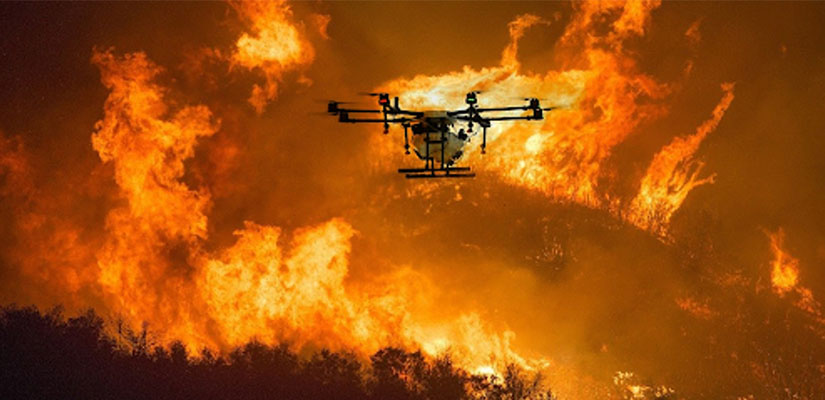

GMX [Global Microwork Exchange] will be showing full video-coverage of the Vancouver forest fire drone water-flights. The drones were manned by over 3,000 people globally, for over 1,400 hours. According to rumours, over 200 houses and several acres of land were saved. In gratitude, the California fire department will be presenting a plaque. Currently, this project is part of a group of microwork initiatives offered to W/Ps [Workers/Players].
Food as an example
Food is a topic that yields ideas about aggregate action by micoworkers. Seemingly insurmountable food distribution issues could conceivably be broken down into microtasks on a platform. This might include optimizing for yield, localized distribution, and maximizing resources.
Also, the food industry might use microtasking to deliver a “no-waste” policy. Microworkers would be able to monitor the preference-trails of consumer information while adjusting food production and delivery.
Meanwhile, food-tech and clean-meat substitutes might be able to accommodate bespoke orders and specific customer needs. When they work with local producers, microworkers could monitor and connect specialized requirements for small batch production.
Knowledge could be offered in micro-bites. In the case of another Generation Z persona Alyx Lee, value is placed on the extrinsic and intrinsic rewards of sharing knowledge.


Then there’s always remote bioreactor consults for hobbyists. But Alyx especially loves helping farmers near where their parents grew up. Development offset dollars cover remote tech repair, plus pest and seed license troubleshooting.
Online voting if it were a microtask: carrot vs stick
What if voting was a form of microtask? Direct-democratic trends might arise. For example, instant referenda or deliberative participation on a targeted and local level.
Still, microwork might extend to other forms of democratic participation. Black hat: people paying to flood regulatory calls for submission with slanted requests. White hat: microwork-type arrangements, combined with the ability to target relevant populations.
Online voting-focused microwork might be a powerful tool for not-for-profits who want to pay for the digital equivalent of attending municipal hearings on zoning variance. The concept might address systemic inequities. A great example of this is the book Neighbourhood Defenders. It examines how local participatory land-use institutions amplify the power of entrenched interests and privileged homeowners. Optimistically, targeted inducement to participation could help produce positive social ends.
However, between elections, microwork could extend to awareness-raising. Imagine bite-sized bits of political lobbying, person-to-person issue activism, and public education. According to Pettigrew and Tropp’s “contact hypothesis”, contact reduces prejudice. If the hypothesis holds true for online contact, then microwork jobs might also extend to awareness-raising.
5. The platform economy
We might see more activity related to democratic decision-making and an uptick in public opinion polling because microwork platforms could easily move into this space. Platforms are made to handle most election work. Therefore get-out-the-vote activities could also be used for permissible election advertising scrutinization.
The tasks that get carried out in the name of democracy extend to trolling. On the dark side, voter suppression could be coordinated and scaled through microwork platforms.
Systems design and collaborative architecture are the glue that combines dozen of unskilled people’s efforts into something that was once the job of a skilled, individual, worker. Platforms allow an unlimited number of people to participate in a space that might have formerly been fringe. When it comes to movement building, an exponentially larger group holds collective sway over an issue.
Still, corporations have the edge when it comes to platform organizing. Platform Cooperativism is a profit-before-purpose scenario that considers individual platform organizing in the context of corporate monopolies.



Unfortunately, the platforms lack analytical tools and operational and financial transparency is moribund. This creates systemic frustration and occasional protests. But the collective objections to global mega-corporation monopolies lack focus. In fact, public protests are failing to change the trajectory of market monopolies.
Platformization of training
Whether they are supporting inclusive democracy or growing vast troll farms, microwork platforms provide training support to users. Microwork’s integrated learning potential makes it difficult to disentangle the learning tools from the skills they’ve been designed to teach. Therefore, the learner depends on the platform for acquiring a set of skills that might only be useful on the platform.
The line between instruction and design on a platform could keep blurring. The blur might be subtle, but the effects are significant. Systems design includes everything from training scalability to asset development. Intellectual property vs human capital could become hot-button labour market discussion topics.
The platform economy might lead to private companies specializing in training platforms, and therefore edge out colleges and universities from adult education. Furthermore, a borderless education environment challenges place-based training. The instructor is likely to be a machine, and the platform is digitized and scalable. All of which increases the investment potential for profit-driven models. So there are strong corporate motivations at work in a profit-driven scenario.
Collective approaches
Microwork collectives bring microworkers together in digital project spaces. On this platform, participants can share a digital comparison of notes and ideas with other microworkers. People can also request feedback. An organized microwork collective might offer entry-level work. However, challenging work is available for experienced members. The collectives might seek higher levels of complexity and creativity. Collective could advocate for changes such as advancement opportunities and rewards for high-quality deliverables. They can also sub out microwork.
The Social Impact Franchise (scenario 3) considers a future where social purpose organizations lead collective approaches despite a continued profit before purpose dominance in corporations and a lag in policy development.
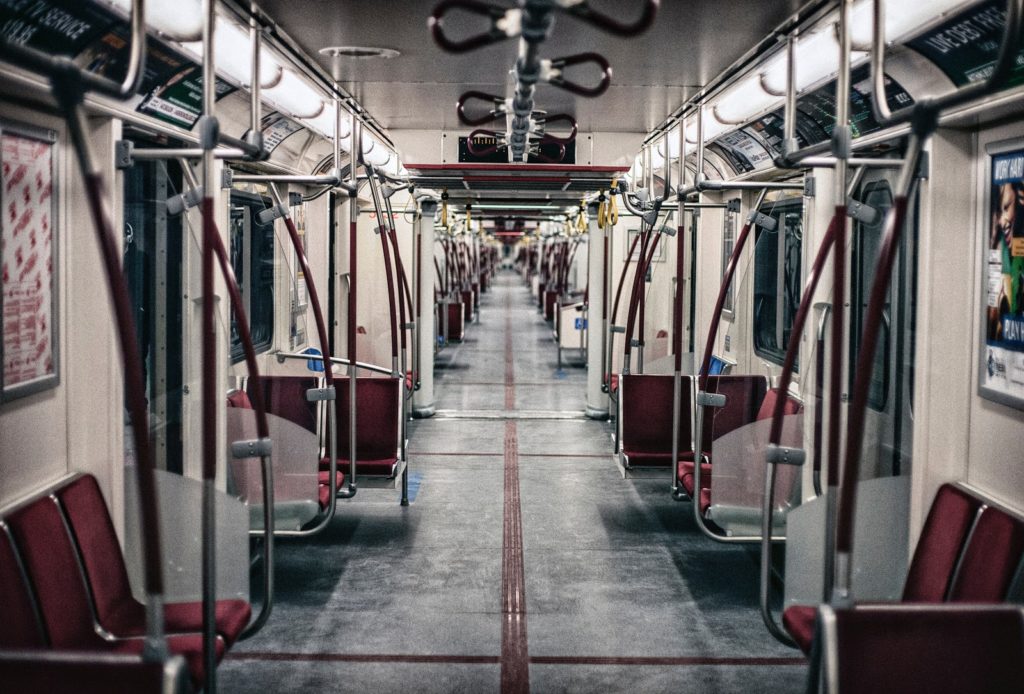

SamaKarTO harnesses the realities of the gig and tech economy while offering a humane approach. It’s a strong new advocate for fair working conditions, decent work, and poverty reduction.
How the strategic perspectives were developed
TWIG hosted two microwork foresight workshops. The second workshop was held on January 7, 2020. The first part of the workshop was devoted to discussions about the implications for the workforce in 2030. Participants voted on the top 16 implications and selected eight as the most significant and most surprising. Participants then reconvened in their groups to set out strategic perspectives based on two implications per group.
The research team analyzed the workshop outputs and synthesized them into a set of strategic perspectives. First, we assembled the 42 discussion threads. Then we categorized the inputs and developed a final set of five strategic perspectives on microwork in the GTA. It is our hope that program developers, policymakers and other stakeholders might consider these perspectives in their work.
Foresight process
HOW WE ARRIVED AT STRATEGIC PERSPECTIVES


Phase 1: Microtasking signals sprint


Phase 2: Microwork trends to consider
Everyone notices trends in the world around them. Spring 2019’s fashion colour was yellow. Meat-free options are on the rise. Part-time work is growing. Sometimes…


Phase 3: What’s driving microwork


Phase 4: Implications of microwork futures


Microwork futures: strategic perspectives
- Microtasking reports - March 12, 2020
- Microtasking project toolkit - March 2, 2020
- Microwork futures: strategic perspectives - February 24, 2020

















